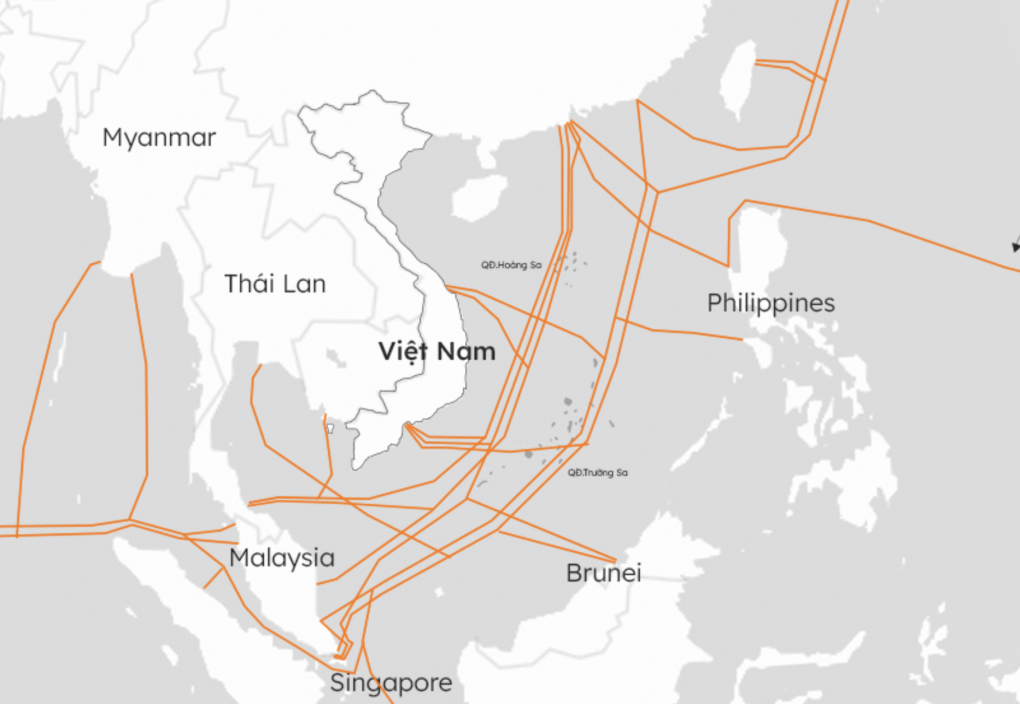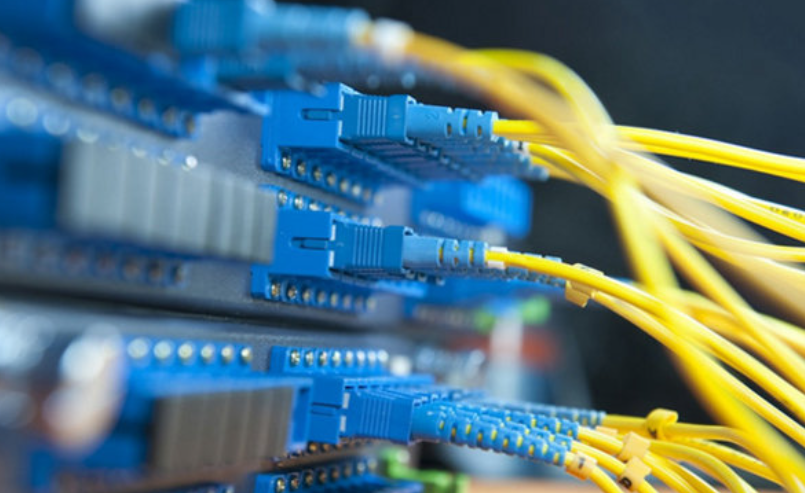Guidelines for Telecommunications Infrastructure Planning 2021-2030 and Vision 2050

Deployment of 2-4 New International Cable Routes
Vietnam has unveiled ambitious plans to significantly enhance its international telecommunications infrastructure. The strategic initiative involves a substantial investment in the deployment of 2-4 additional submarine cables, with the overarching goal of boosting the overall connectivity capacity to an impressive 60 Tb/s by the year 2025.
This comprehensive plan is a pivotal component of the broader Information and Communication Infrastructure Planning, strategically crafted to cater to the escalating demands for broadband telecommunications. The envisioned outcome is a state-of-the-art network characterized by substantial capacity, high-speed capabilities, and the integration of cutting-edge technology.
Development of Submarine Fiber Optic Cables and Land Infrastructure

In the realm of submarine fiber optic cables, the strategic development plan places a keen emphasis on establishing connection points at strategically advantageous locations. Special attention is directed towards areas already equipped with landing stations, with a particular focus on providing connectivity to island districts and expansive islands. A noteworthy component of this strategy involves the formulation of a planned cable route in the Gulf of Thailand, intended to seamlessly connect Phu Quoc Island and other significant islands in the region.
Complementing this approach, the plan underscores the importance of maintaining and upgrading the existing land-based fiber optic cables. The objective is to enhance the resilience and efficiency of the current infrastructure.
As part of this concerted effort, the projection is set that by the year 2025, the collective international connectivity capacity, encompassing both land and submarine fiber optic cables in Vietnam, will culminate at an approximate capacity of 60 Tb/s. This forward-looking strategy is poised to fortify the nation’s telecommunications backbone, ensuring robust and reliable connectivity in the years to come.
Quality and Network Safety Objectives – Vietnamese Telecommunications

These expansion projects promise to “ensure large capacity, high-speed connections from Vietnam to international destinations, sharing the load with existing international cable routes, enhancing the safety of the network.” The goal is to ensure that the quality of Internet connections remains unaffected in all situations.
Development of Fixed Broadband and Mobile Internet Networks
The plan sets targets for 2025, aiming for 100% of households to have access to fiber optic cables, 90% of users to access fixed Internet at a speed of 200 Mb/s, and 90% of economic and social organizations to access at a speed of 1 Gb/s.
Regarding mobile Internet, the minimum download speeds are set at 40 Mb/s for 4G networks and 100 Mb/s for 5G networks. Additionally, Internet Networks is expected that 100% of adults will use smartphones.

Assessment of Current Infrastructure and Future Strategy
Despite notable strides in development, Vietnam’s internet infrastructure grapples with a myriad of limitations. Presently tethered to the global network through five submarine fiber optic cables, boasting a combined capacity of approximately 18.7 Tb/s, the system frequently experiences disruptions. These interruptions pose significant challenges for citizens seeking seamless internet access. Recognizing these obstacles, the expansion plan emerges as a beacon of hope, poised to address and surmount these challenges.
The envisioned expansion not only seeks to augment connectivity but also aspires to enhance the overall quality and safety of the network. As Vietnam progresses towards a more robust telecommunications landscape, the expectation is that the concerted efforts in infrastructure development will mitigate disruptions, providing citizens with more reliable and secure internet access. The strategic expansion plan thus stands as a proactive response to the observed limitations, reflecting Vietnam’s commitment to creating a resilient and high-quality internet infrastructure for its citizens.

Conclusion
In summary, Vietnam’s plan for the development of telecommunications infrastructure until 2025 is a crucial step in meeting the increasing demand for Internet connectivity. The deployment of 2-4 new submarine cables, particularly focusing on fiber optic cables and land connections, promises to deliver large capacity and high-speed connectivity, ensuring safety and quality for the network.
Vietnam’s goal goes beyond improving international connections, emphasizing the development of fixed broadband and mobile Internet networks domestically. This will ensure that all citizens and organizations have access to high-speed Internet, shaping Vietnam into a digitally transformed nation with a robust digital economy.
Stay tuned with Tinasoft for the latest updates!!!













